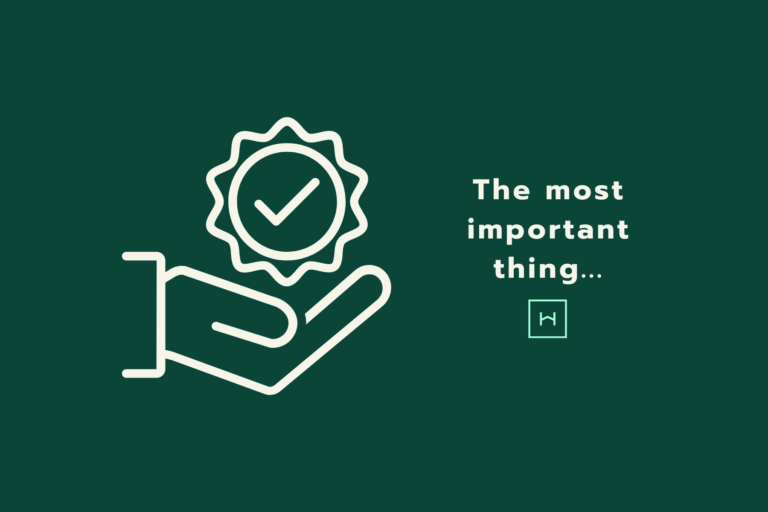#1 – Focus and Growth
Into my 25-year Real Estate investing business, I was working with my maintenance technician on a few resident work orders in the Center Square Neighborhood in Albany, NY. Suddenly, my Maintenance tech was gone?!? At 5 pm one evening, I was left in an apartment to finish repairing an old, wooden, historic window. Unfortunately, I learned how to repair these old windows many years ago. Little did I realize; this was my opportunity to take the next step in my Real estate investing career. I was “done” managing the” day to day” activities for our NY Capital Region Real estate portfolio.
I was determined to be the owner of my business, not an operator of my business. We hired a professional property manager and eventually started an in-house management company. The in-house management company was dependent on hiring a highly qualified manager to handle the “day to day” management.
My new FOCUS led to taking back much of my precious time which resulted in doubling my business! The business we built in 2 decades, I doubled in the last 4 years, doing dramatically less work!
I continue to oversee our Capital region managers (as passively as possible) and invest passively (syndicated deal structures) in Florida. I love my 5 investments in the South!
#2 – Focus and Time
3 Active Investor tasks that require a lot of time in the market:
- Become a location expert. The easiest way is to build a portfolio in a specific location. An expert knows the best neighborhoods, Sale prices and Market rents to allow quick action with opportunities.
- Broker relationships – Brokers have relationships with property owners. It’s helpful to have Credibility in the marketplace. The Brokers must know what you are seeking, and you must be a “closer!” Do not be too difficult for Broker’s to deal with. Brokers are our friends!
- The Team – A great team allows for an enjoyable process.
#3 – Active Investors need an “A” Team
- Real Estate attorney
- Lenders
- Insurance agents
- Accountants
- Building inspectors
- Property Managers
- Contractors
- Appraisers
- Surveyors
- Title companies
- Environmental companies
- Vendors during operations
It’s necessary to have great Relationships to find, underwrite, expedite, fund, insure, improve and manage your assets efficiently to be profitable!
#4 – Valuation
Commercial real estate values are driven by numbers!
Residential real estate values are driven by sales comps.
We love buying underperforming Commercial Real Estate.
For example, our most recent deal is a 50-unit apartment complex that we purchased knowing we can increase the average rent per unit by $400 per month.
$400 monthly increase x 12 months = $4800 per year
$4800 per unit x 50 units = $240,000 per year uplift of NOI.
(Rents – Expenses = Net operating income)
$240,000 at a 6% capitalization rate = $4,000,000 forced value
#5 – Diversification
We diversified our NY Capital Region portfolios into larger complexes—7 in the Capital Region, but also in Florida and Tennessee. I also have Passive investments in Texas and Kansas.
The Portfolio has a blend of B class multifamily properties with a variety of ownership and management structures. It consists of Joint Ventures and Syndications.
#6 – Risk and Liability
In an Active investment, the property owner is fully responsible for everything. Your name is on the bank loan, and you are responsible for maintaining the property.
In a passive investment, the Deal sponsors are responsible for everything.
#7 – Surprise Expenses
Active Investors can expect to pay the emergency issues, repairs and Capital repairs. Passive investors can expect monthly communication and consistent distributions.
#8 – Administration and tax reporting
Active investments are paperwork heavy from acquisition through operations.
- Leases
- Management contracts
- Management administration
- Legal documents
- Bookkeeping
- Tax preparation
With Passive Investments, you typically sign a private placement memorandum (PPM) and a subscription agreement. The Deal Sponsor handles the financial paperwork and the K-1 for your tax reporting.
The Passive investor role is 100% Passive!
#9 – Economies of Scale
Investing passively in larger assets allows the property to operate at scale. This means the totality of the ownership benefits with efficiencies based on size.
For example, a larger complex may have on-site maintenance. It is much less expensive performing simple maintenance in house than hiring outside subcontractors. In house apartment leasing is done more efficiently than a smaller property.
Earlier in my career, we owned 40 smaller to medium size properties. We enjoyed some high-volume efficiencies, but it’s easier to be efficient when you have 60 units to manage and maintain in 1 spot!
#10 – FREEDOM
I enjoyed building a portfolio for many years. It was satisfying but the “day to day” management sacrificed my time and focus. I continue to be involved in the business plan for each property from an owner’s perspective.
I am not interested in the “day to day,” unless an owner’s perspective is needed.
This is possible because I have great partners and property managers in NY, Florida and Tennessee.
Are you interested to Invest Passively?
Please sign up for our weekly Newsletter or schedule a call here.
About the author
Bill Hamel is the founder of Hamel Real Estate and Collecting Real Estate, a private equity firm offering opportunities to Passive Partners, specializing in Multifamily Real Estate Investments. Bill has been a private investor much of his career but is currently sharing opportunities through real estate syndications.
Bill has been investing in Multifamily real estate since 1993.




